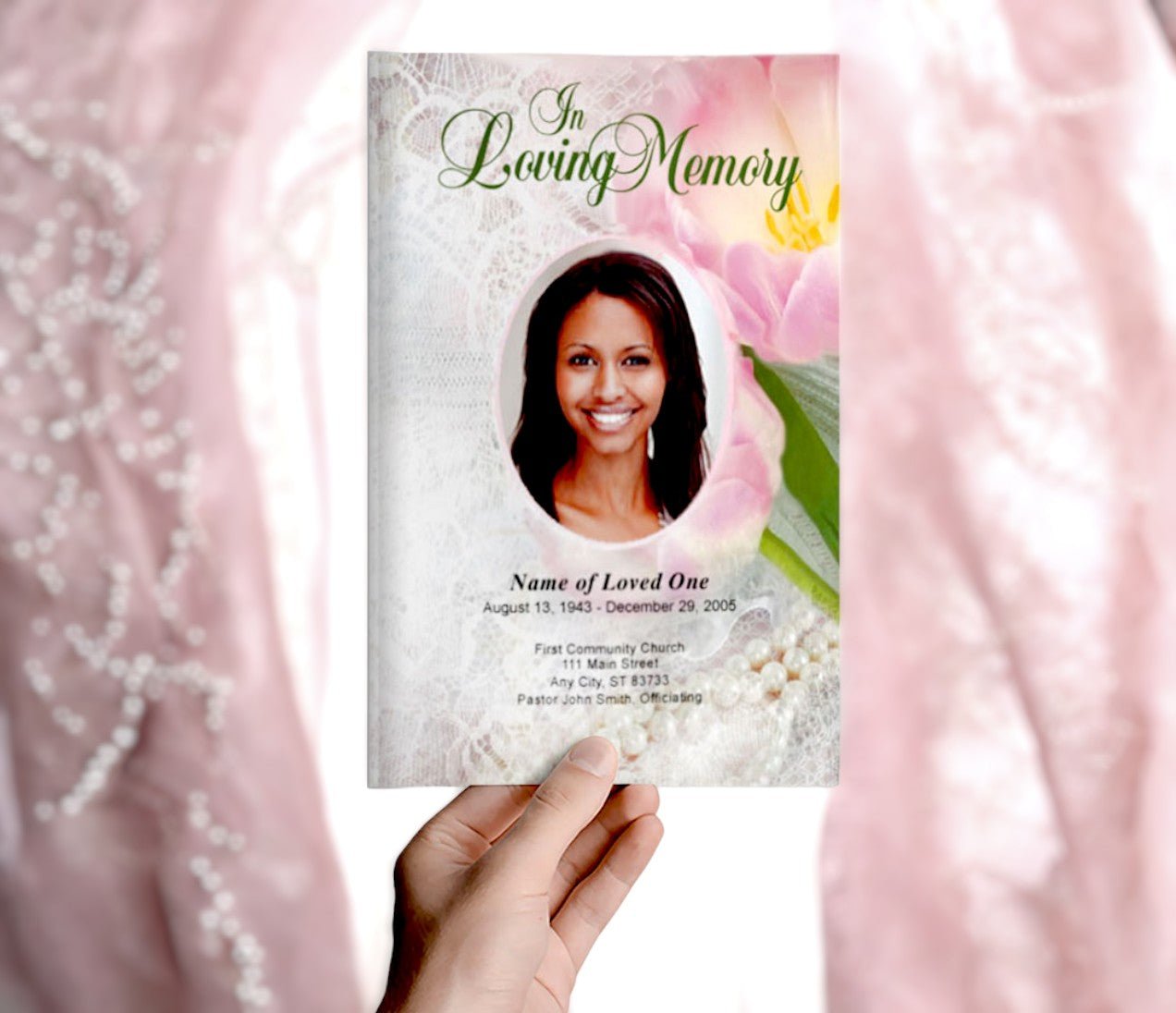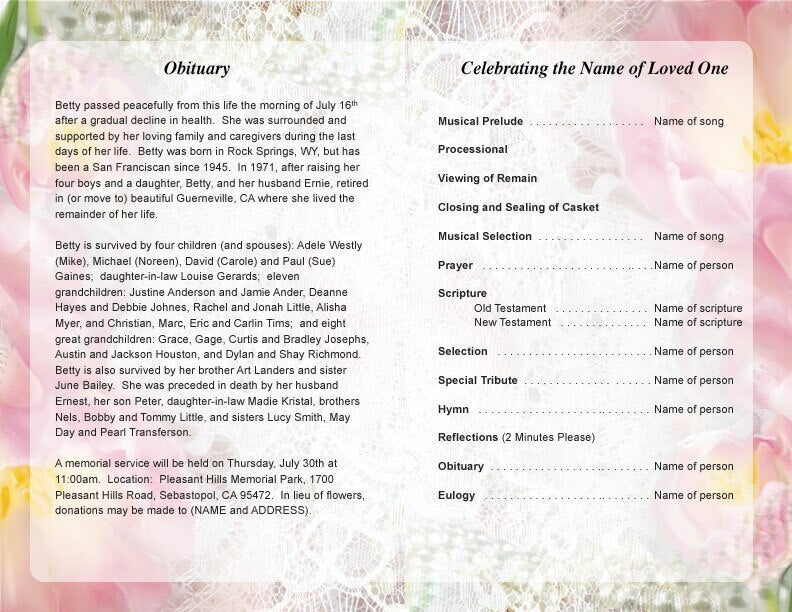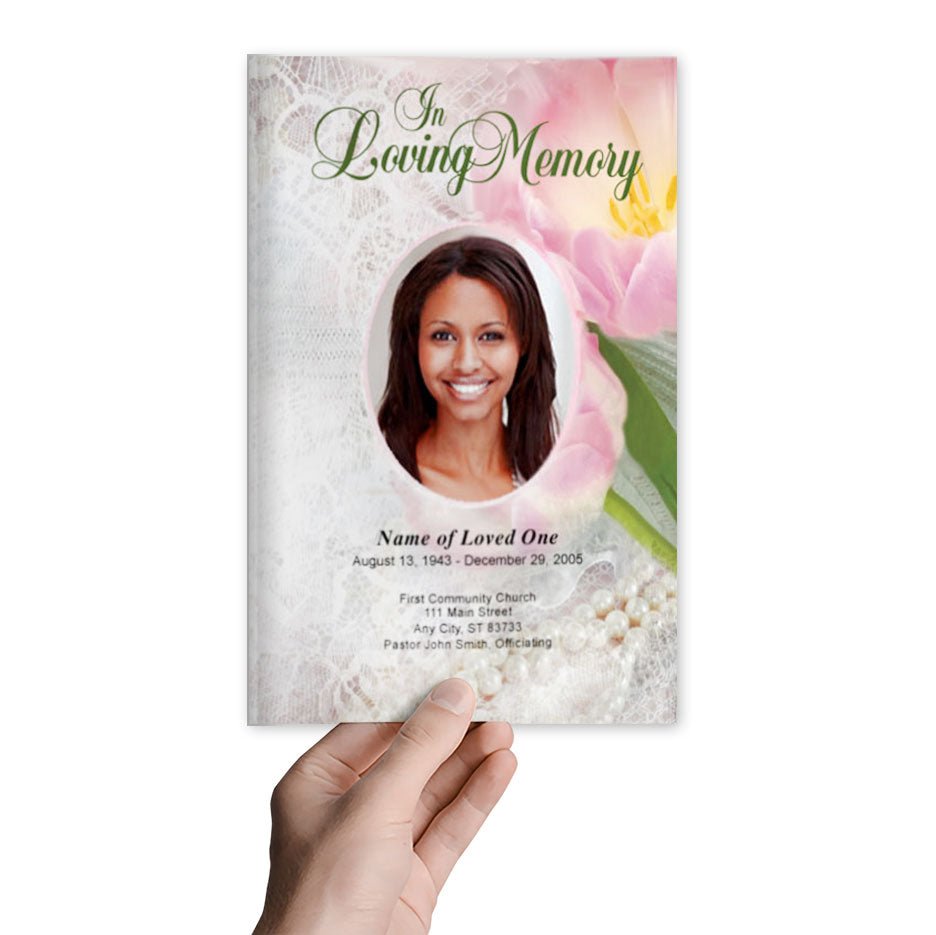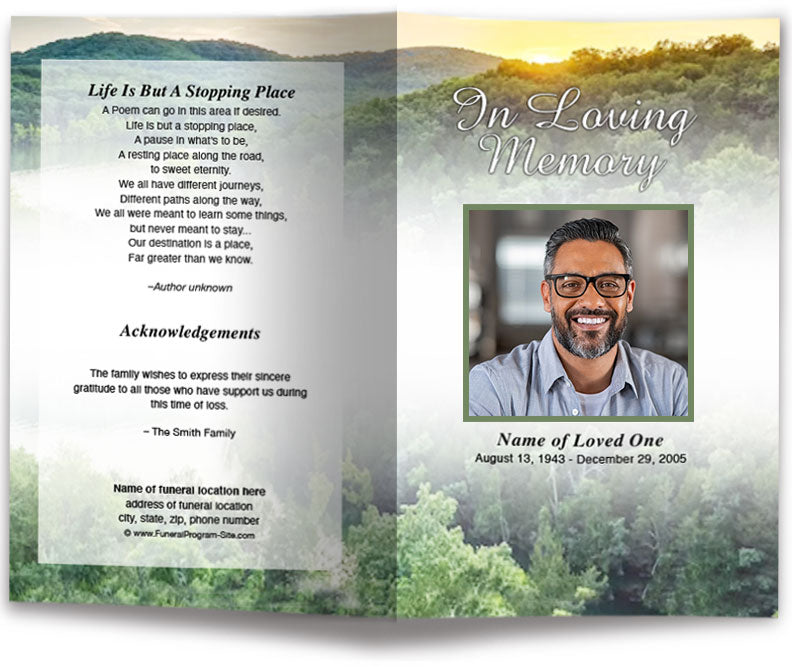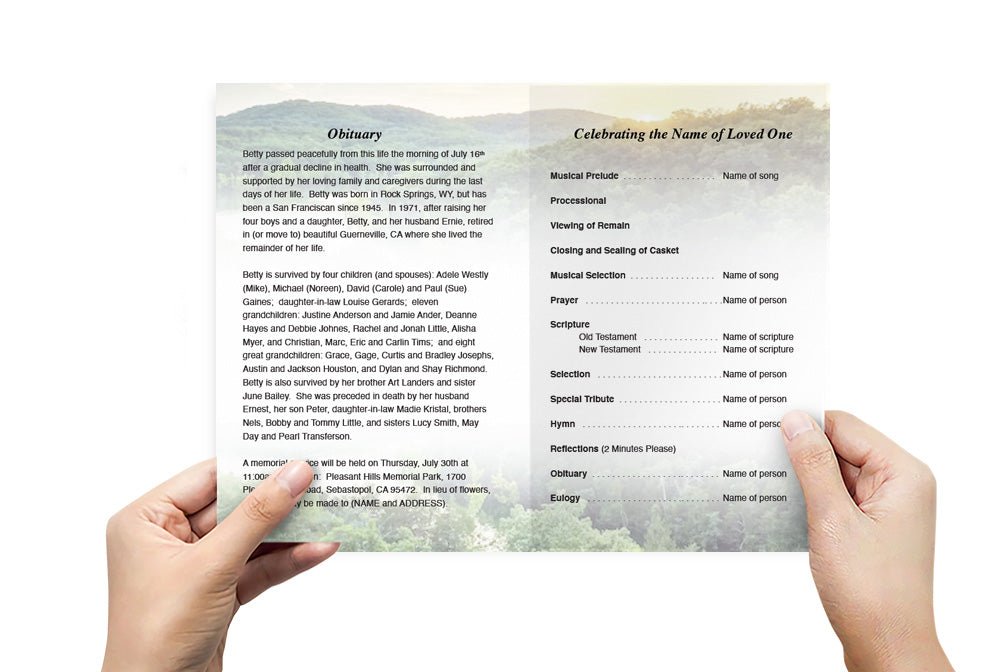How Can I Incorporate Personal Stories into the Funeral Program?

A funeral program serves as a meaningful tribute to a loved one’s life, offering a way to celebrate their personality, values, and legacy. While including essential details such as the order of service and obituary, incorporating personal stories can make the program even more heartfelt and memorable. Personal anecdotes provide a glimpse into who the deceased was, capturing moments that shaped their journey and the impact they had on others.
This guide explores different ways to incorporate personal stories into a funeral program, making it a lasting keepsake for family and friends.
1. Why Personal Stories Matter in a Funeral Program
Adding personal anecdotes and cherished memories helps create a deeper emotional connection, allowing attendees to:
- Celebrate the Life of the Deceased – Highlighting joyful moments and meaningful experiences.
- Find Comfort in Shared Memories – Bringing laughter, warmth, and healing to those grieving.
- Make the Program Unique and Personal – Avoiding a generic feel by incorporating heartfelt reflections.
A well-placed personal story can turn a simple funeral program into a touching, memorable tribute that honors the life of a loved one.
2. Where to Include Personal Stories in a Funeral Program
There are several ways to incorporate personal stories in a funeral program, ensuring they fit naturally within the structure.
1. Obituary Section
An obituary provides a biographical summary of the deceased, but adding a personal touch can make it more engaging.
Example:
Instead of a standard obituary:
"James was born on April 5, 1950, and worked as a teacher for 40 years."
Try adding a personal story:
"James dedicated 40 years to teaching, always greeting his students with a warm smile and an inspiring quote. He had a knack for turning difficult subjects into exciting lessons, making even the most reluctant students love history."
This approach honors achievements while making the obituary more personal and heartfelt.
2. Tribute or Memory Section
A dedicated section labeled "Memories of [Name]" or "Celebrating [Name]’s Life" can include:
- A short story about a cherished moment.
- Reflections from family and friends.
- A humorous or heartwarming anecdote that captures their personality.
Example:
"Grandpa Jack had a way of making every grandchild feel like his favorite. Every Christmas, he would pretend to ‘forget’ the biggest present under the tree—only to dramatically discover it at the last moment, bringing endless laughter and joy to the family."
This section allows guests to connect with the person’s life beyond just dates and facts.
3. Family and Friends’ Messages
Incorporating short tributes or messages from family and friends makes the program more interactive. These can be:
- Handwritten notes collected before the service.
- Printed quotes from loved ones.
- A "Words of Remembrance" page where attendees can add their thoughts.
Example:
"Sarah’s kindness touched so many lives. She had a way of making you feel like the most important person in the world, whether through a simple phone call or one of her legendary homemade pies."
4. A Memory Collage or Storyboard
For a visual approach, create a photo collage with brief descriptions of key moments in the deceased’s life.
- Example Layout: A picture of the deceased at their favorite vacation spot with the caption:
"Hawaii was Mary’s second home—she always said the ocean waves spoke to her soul."
This format pairs personal stories with images, creating a visual and emotional connection.
5. A Section for Humor or Signature Sayings
If the deceased had a great sense of humor or signature catchphrases, including them can bring a smile to guests’ faces.
Example:
"Grandpa Joe always said, ‘If you don’t eat dessert first, you’re doing life wrong.’ To honor his legacy, enjoy a slice of cake today in his memory."
This small addition lightens the mood while celebrating their unique personality.
3. How to Collect Personal Stories for the Funeral Program
To gather meaningful anecdotes, reach out to:
- Immediate Family – Parents, siblings, children, and grandchildren can provide intimate memories.
- Close Friends – They may have unique perspectives and shared adventures.
- Colleagues or Community Members – Work and volunteer stories highlight different sides of their life.
Methods for Gathering Stories:
- Ask family members to contribute a short paragraph or memory.
- Use social media to collect stories from friends and extended family.
- Invite people to share memories via email or at a pre-service gathering.
If space is limited in the program, consider creating a separate memory book or digital tribute page where additional stories can be shared.
4. Formatting and Structuring Personal Stories
To ensure a clean and readable layout, follow these guidelines:
1. Keep Stories Concise
- Limit stories to 2-3 sentences if space is tight.
- Choose one or two key moments rather than long narratives.
2. Use Clear Headings
- “A Life of Adventure” – Stories about travel and exploration.
- “A Heart of Gold” – Stories showcasing their kindness.
- “Unforgettable Moments” – A mix of heartfelt and humorous memories.
3. Choose a Readable Font and Layout
- Use a legible font (12-14pt) for body text.
- Ensure the story section is separated by dividers or decorative elements.
If needed, include a QR code linking to an extended tribute page for additional stories and messages.
5. Conclusion
Incorporating personal stories into a funeral program transforms it from a standard guide into a deeply meaningful tribute. By including touching anecdotes, heartfelt tributes, and humorous moments, you create a keepsake that celebrates the life and legacy of the deceased.
For a professionally designed funeral program template with space for personal stories, consider using The Funeral Program Site to create a customized, elegant, and memorable tribute.











